13 Sentinels: Aegis Rim on PS4
It’s no easy task trying to describe a game like 13 Sentinels: Aegis Rim to casual passersby. It’s a game about robots fighting aliens. There are androids. There’s a weird obsession with good-looking food in the game and yakisoba pan. There’s a cat that barks orders at you. There are also 13 very good-looking high school students who hop into their mechs to beat the crap out of alien invaders.
It sounds like a messy mishmash of ideas haphazardly thrown together to form a video game, and it is. But it’s also a very satisfying and refreshing game with real-time strategy elements that I can’t seem to get enough of.
When I previewed this game a few weeks back, the potential of 13 Sentinels: Aegis Rim was instantly recognizable. Thanks in no small part to that iconic Vanillaware visual style, this game just oozes charm. You could take a screenshot at almost any point in the game (not counting the combat sections, though) and be absolutely mesmerized by how beautiful everything looks.
My initial impressions of the game’s aesthetic remain unchanged. The backdrops and environments are insanely pretty, especially as the lighting hits the water just right on Sumire Bridge as a character looks over the cityscape and ruminates on their very important mission as a savior of the world. The character animations are subtle but detailed, and even something as simple as taking out a stuffed bunny to study it looks thoughtful and meaningful.
Okay so, 13 Sentinels: Aegis Rim is a ridiculously pretty game. But what about the story?
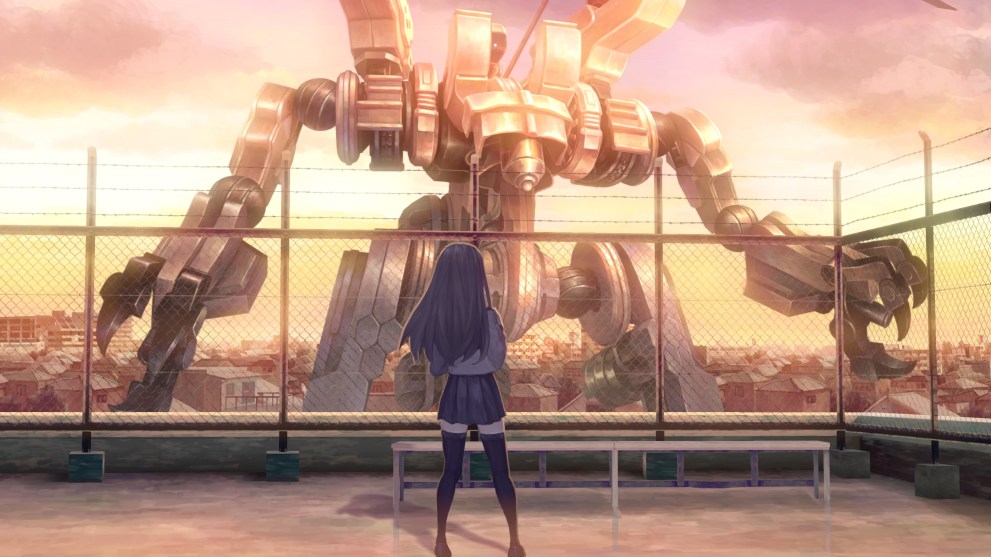
Honestly, even after 20 hours with the game, I still couldn’t really tell you exactly what the plot of this game is. Broad strokes: a bunch of kids from the future have been jumping back and forth between different time periods in an effort to prevent an alien invasaion from happening, or at least trying to halt it before the world gets completely destroyed. There’s corporate espionage, betrayal, and a lot of memory loss.
That last bit is part of why the story is being told in such a disjointed manner; you can play as any character and view their individual episodes to see the story from their perspective and what they’ve been up to. Because of this, the early hours are a serious drag.
The prologue has you jumping randomly from one character to another, and you’re given so little context for what’s going on as barely anything gets explained. Even as the characters start monologuing for minutes (and this happens very frequently) to try to provide some exposition, you’re constantly bombarded with terms and jargon that make no sense whatsoever. As you get introduced to more characters, all with their own agendas and unexplained motivations, it becomes much harder to keep track of what’s going on.
If you decided to give up on this game just from playing the prologue, I wouldn’t blame you. The story is poorly delivered, and the random combat sections interspersed with those story beats don’t feel satisfying at all because you still don’t exactly know what you’re fighting for.
Stick with the game past those first two hours, however, and things will slowly start to fall into place.
After clearing the prologue, the game starts to open up in a sense. There are three modes to choose from: Destruction, Remembrance, and Analysis. Destruction is where all the combat missions are, Remembrance are the story sections, and Analysis is the file section where you get to read all the mystery files you’ve unlocked so far to glean more of the game’s lore.
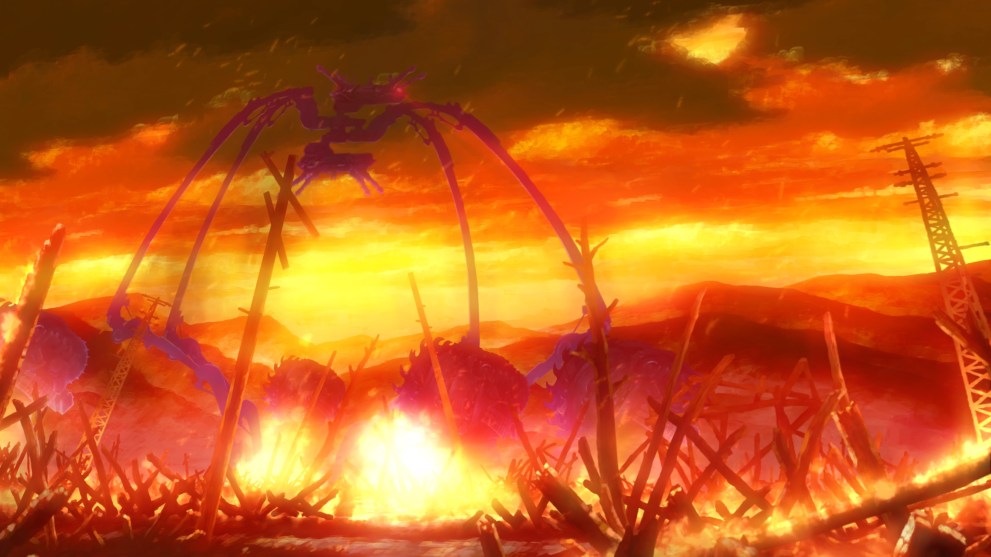
You’ll need to dive deep into each of these three sections at some point or another to keep the story moving, and this is where the pacing improves tremendously.
In order to unlock more combat missions, you’ll need to unlock more story stuff. And sometimes, in order to unlock more of the story, you’ll need to unlock mystery files in the Analysis section. You’re given a lot of freedom in which mode you want to tackle first, and being able to jump freely between story and combat anytime you want for the most part just feels so much better than being shoehorned into them like in the prologue.
Even in the Remembrance section, you can jump into the shoes of any of the characters you have unlocked and see as much of their story as you can at that point in the game. Every character story has branching paths as well, and some can only be accessed after completing certain combat missions, or unlocking keywords that you can get in other paths.
Similar to the Zero Escape games, 13 Sentinels: Aegis Rim employs a flow chart system to show you how much of the story you’ve seen so far. Over the course of the game, you can choose different dialogue options and make different decisions to go down a particular story branch, pick up a new keyword from that branch, then instantly jump back to your last checkpoint to unlock a new branch.
If this sounds complicated, it’s really not once you get the hang of it. 13 Sentinels: Aegis Rim introduces a Thought Cloud system where your character can pick up on keywords dropped during conversations with other NPCs. By pressing the Triangle button, you can select a keyword and see what your character thinks of it, or bring it up in conversation with another NPC to get more information.
And because of what I presume to be time travel shenanigans, that character can then jump back to an earlier point in time with their newfound information to see if that unlocks anything new. Don’t think too hard about it, and you’ll have a good time with the game.
It’s a simple, but pretty cool way of getting the player to engage with the story. Progressing enough with one character could unlock more story branches with another, and that alone was compelling enough to keep me going. Eventually, things in the story started to fall into place as I got to know each of the characters better, and was able to better piece together their motivations from all the little vignettes I’d seen up to that point.
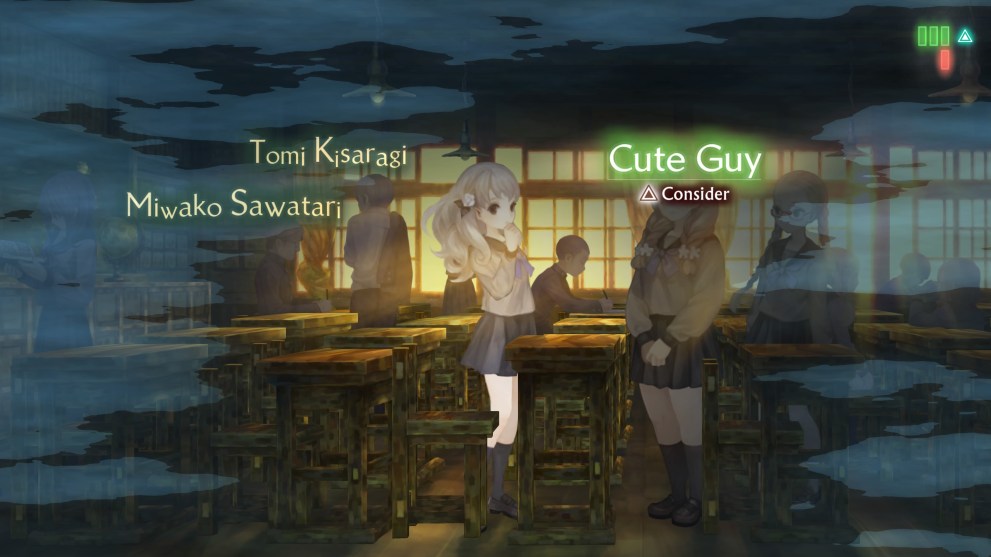
Outside of that, you have the real-time strategy combat. Sadly, most of the objectives remain largely the same over the course of a playthrough: defeat all the kaiju or defend the terminal until time runs out, and don’t let any of your pilots die.
That didn’t stop me from having fun with it, though. You see, while the combat missions remained relatively easy from start to finish, it never stopped being so damn satisfying. Every mission has you facing down waves of kaiju as they home in on your position at the terminal.
You can only bring up to six fighters with you at a time, and since each of them have different specialties, you always have to think about the kinds of abilities you want at your disposal for each map. Not to mention the fact that being in too many consecutive battles can result in Brain Overload for a character, preventing them from taking part in combat for the next round, which means you’re also forced to make use of your entire team and not just fall back on a handful of reliable characters that you’ve gotten comfortable with.
13 Sentinels: Aegis Rim also features some light RPG elements where you get to unlock and upgrade abilities for each character, as well as powerful Meta-Gauge skills that can completely wipe a map of enemies. There’s truly nothing more satisfying than firing a barrage of missiles at a huge cluster of kaiju and watching them all blow up at once. It’ll happen a few times every mission, and it never gets old.
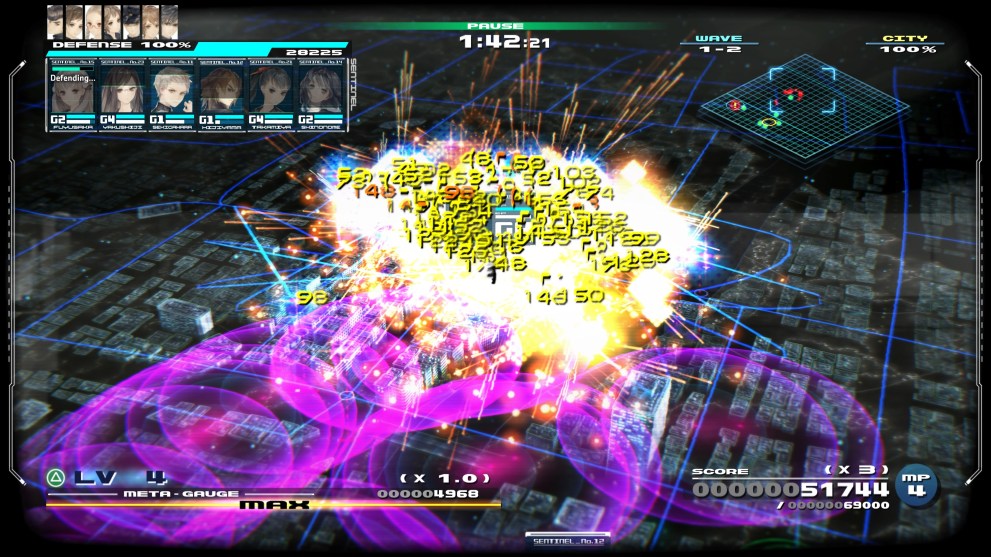
As you get further into the game, you’ll start encountering different kaiju types and learn how to deal with them individually. Generation 1 mechs excel at close quarters ground combat, so they won’t be able to attack air kaiju. But other gen mechs can deploy EMP abilities to stun and ground them, giving your gen 1 characters a small window to get in close to decimate them.
Killing more enemies in one go and clearing maps quickly will reward you with a ton of points, which can then be used to unlock and upgrade even more devastating abilities, and the cycle continues.
I may not have been all that invested in the individual stories of my 13 characters, but damn if I didn’t have a great time blasting away hordes of kaiju with badass mounted cannons and lasers.
And at the end of the day, isn’t that what’s most important? 13 Sentinels: Aegis Rim has a pretty nonsensical and sometimes incomprehensible story, but the sheer beauty of the game and the silliness of its characters help keep it charming and engaging. The combat objectives aren’t as varied as I’d like them to be, but the gameplay itself is so rewarding that I found that I didn’t mind the objectives that much after all. It’s pure fun.
13 Sentinels: Aegis Rim isn’t going to blow your mind with a smart story that pushes the tired boundaries of the science fiction genre. What it does offer instead is a jawdroppingly beautiful visual novel experience, intercut with satisfyingly fun gameplay sections where you get to rip apart a bunch of monsters with huge mechs. And you know what? I’ll take it.
- The graphical style is beautiful.
- The gameplay loop is satisfying. Killing kaijus is incredibly fun.
- The gameplay gets more depth later on as you encounter more enemy types and unlock more skills.
- The characters are charming, and the story can be entertaining.
- The story also makes very little sense at times, and can be hard to follow.
- The prologue is a serious slog compared to the rest of the game.
- Combat objectives could've used some variation.








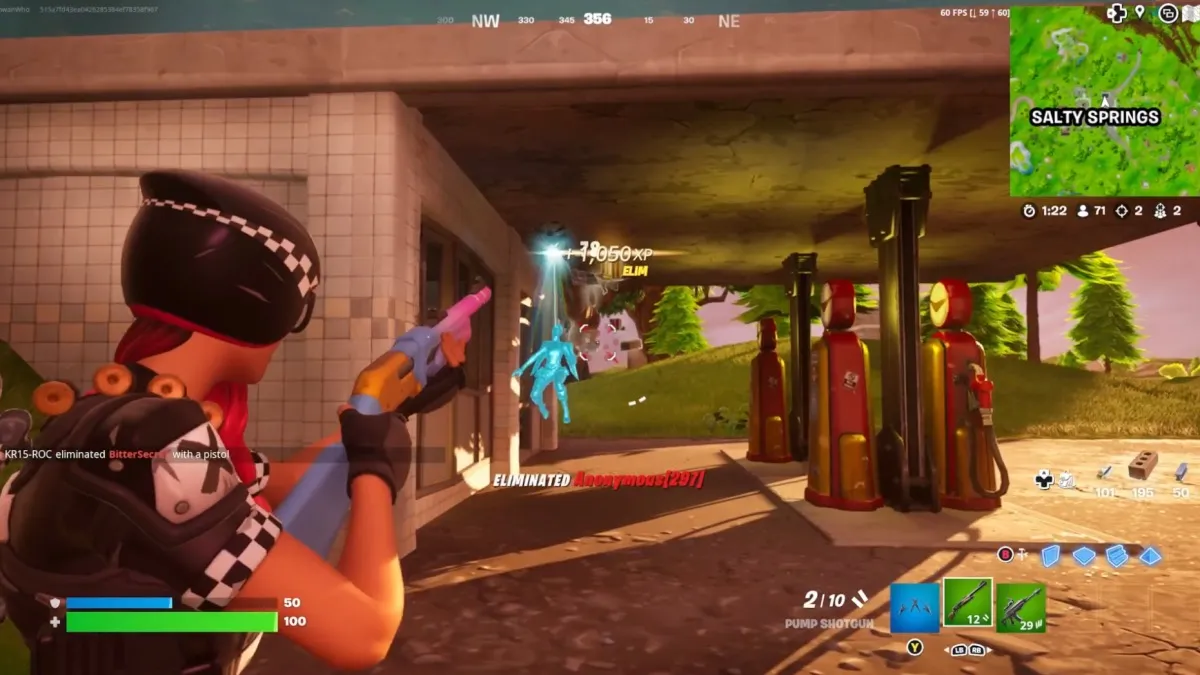




Updated: Apr 2, 2021 02:33 pm